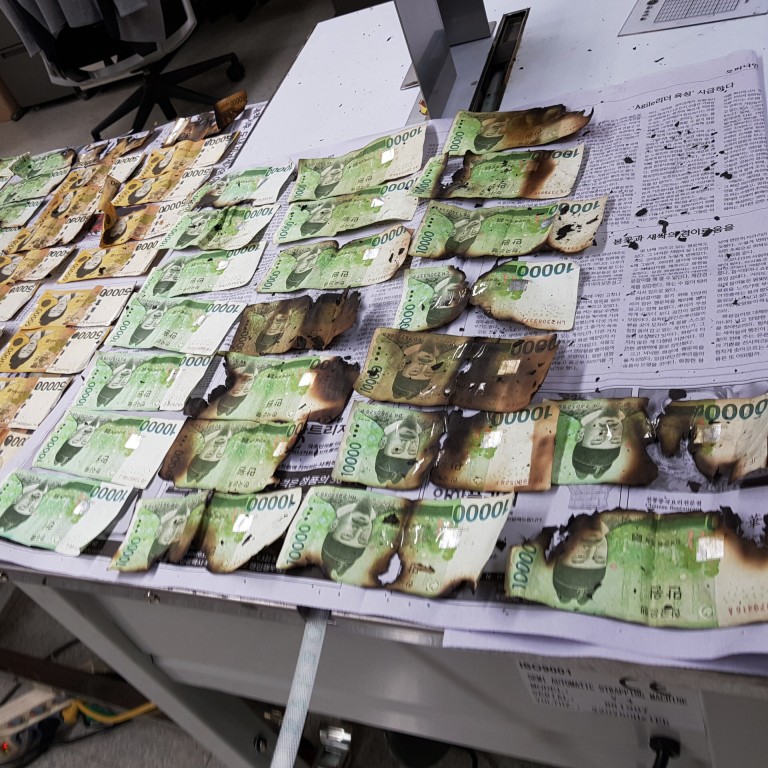
Interest rate rises off the table as Asian economies try to curb speculation and asset prices
- Since the US Federal Reserve is unlikely to raise policy rates soon, Asian central banks’ ability to take the lead in raising interest rates is limited
- Instead, macroprudential policies that target credit growth and build buffers to protect the banking sector and borrowers can help prevent overheating
Several Asian central banks – such as the People’s Bank of China (PBOC), the Bank of Korea and the Reserve Bank of New Zealand (RBNZ) – have voiced concerns about the rapid rise in asset prices. Some have even taken action to withdraw policy support.
Since the US Federal Reserve is unlikely to raise policy rates in the next one or two years, Asian central banks’ ability to take the lead in raising interest rates is limited. High policy rates could limit lending growth and prevent Asia’s domestic economies from overheating.
At the same time, higher interest rates could also attract more international capital inflows into these markets when investors look to take advantage of the interest rate differential. Therefore, Asian central banks and governments will need to look for a different set of tools to attract this possible inflow of liquidity.
Since a similar episode of ultra-loose monetary policy after the 2008 global financial crisis, Asian policymakers have focused more on macroprudential policies. These include setting higher reserve and capital requirements for banks, loan-to-value ratios for mortgages and debt-to-income ratios for consumer loans.
Singapore’s love affair with property resumes amid coronavirus optimism
These type of measures are not directly aimed at curtailing increases in asset prices. Instead, they target credit growth and seek to build buffers to protect the banking sector and borrowers.
A study by the International Monetary Fund shows that housing-related measures have the most significant impact on credit growth in Asia, while the effect from changes in reserve requirements and capital regulation have been more limited.
Macroprudential policies and capital flow management measures do not discourage portfolio equity inflow and do not have any significant impact on debt inflows. These macroprudential policies tend to be aimed at strengthening the financial system, both for the lenders and borrowers, rather than supporting direct asset prices.
Hence, we could still see episodes of irrational and volatile market moves if the low-yield environment persists and global liquidity remains abundant for an extended period of time while the global economy charts a path of gradual recovery from the pandemic.
Tai Hui is chief market strategist for the Asia-Pacific at JP Morgan Asset Management



